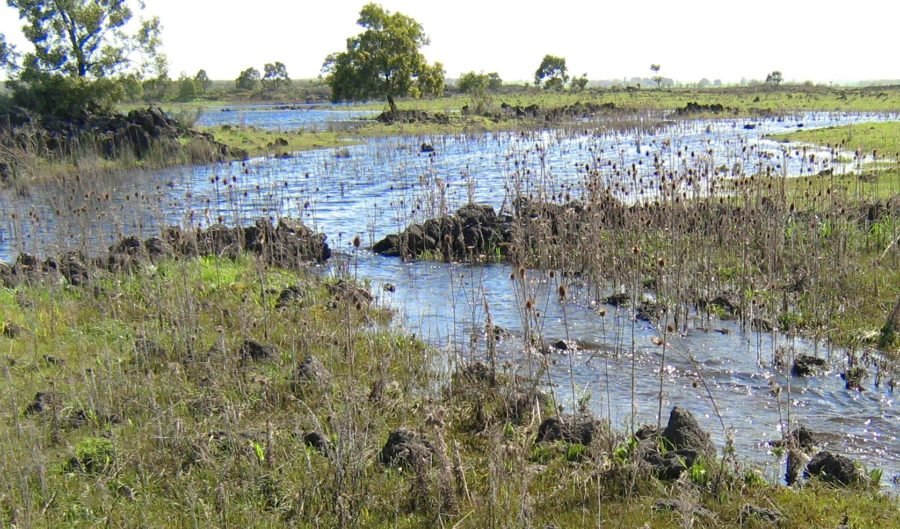Sacred Aboriginal eel fishing site recommended for world heritage listing

ONE OF THE world’s largest and oldest aquaculture systems, located within the Budj Bim Cultural Landscape in south-west Victoria, has been officially recommended for World Heritage status.
The aquaculture system used by the Gunditjmara people for more than 6600 years contains complex eel and fish farms, built from volcanic rock sourced from Budj Bim (Mt Eccles).
The decision was made by the International Council of Monuments and Sites last night in Paris and the next step is having the nomination formally considered by the World Heritage Committee in July this year.
If successful, the Budj Bim Cultural Landscape would be the first Australian World Heritage site to be nominated exclusively for Aboriginal cultural values.
The land is currently managed by the Gunditj Mirring Traditional Owners Aboriginal Corporation, who say the site is significant because it challenges the idea of the hunter-gatherer myth, because the site includes 200 registered and recorded stone house sites.
The eel is a sacred animal for the Gunditjmara people, who are currently helping the Department of Environment, Land, Water and Planning in Victoria uncover the mysteries that surround their migration to the Coral Sea.
You can read more about eel migration in Issue 151 of Australian Geographic.

